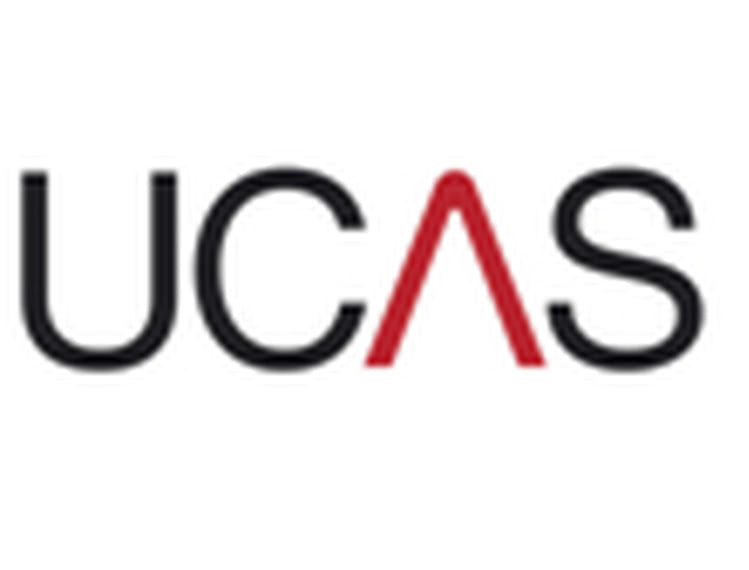Record numbers of young people in England have applied to university

Today (11 Jul), UCAS publishes an analysis of all full-time UCAS Undergraduate applications made by 30 June 2019 – the final deadline for applying to up to five universities or colleges simultaneously.
The analysis is published within nine working days of the deadline.
Across the UK, the key findings are:
- 39.5 per cent of all 18 year olds in England have submitted a UCAS application, up from 38.1 per cent at the same point last year, and a new record
- in Northern Ireland, 46.9 per cent of 18 year olds have applied (down 0.7 percentage points)
- in Scotland, the 18 year old application rate is 32.7 per cent (down 0.1 percentage point)
- in Wales, the application rate is 32.9 per cent (up 0.2 percentage points), and a joint record with 2016 at this point in the application cycle
The number of young people from the UK applying has increased by 1 per cent, despite a 1.9 per cent fall in the overall 18 year old population of the UK. 275,520 young people have applied – up from 272,920 at this point in 2018.
The volume of EU applicants has risen 1 per cent, to 50,650. There is a record number of applicants from outside the EU – 81,340 students have applied to study in the UK, an increase of 8 per cent.
China continues its rapid growth, with applicant numbers up 30 per cent to 19,760 – this means that, for the first time, there are more applicants from China than Northern Ireland (18,520).
Overall, 638,030 people have applied in the current application cycle – a rise of over 1,000 on 2018.
For the first time, UCAS has published reports by the various indexes of multiple deprivation across the UK.
- In England, the number of young people applying from the most deprived areas has increased 6 per cent to 38,770, while applications from the least deprived areas have fallen.
- In Northern Ireland, all areas have seen a fall in applications, of between 2 and 7 percent.
- In Scotland, young applicants from the most deprived areas have grown by 3 per cent, while all other areas have seen falls.
- In Wales, applicants from the most deprived areas remained at 1,390, with a mixed picture across different areas.
All data is available to analyse in a new interactive dashboard on the UCAS website, allowing users to visualise and tailor the reporting to their own specification.
Clare Marchant, UCAS’ Chief Executive, said:
‘The global appeal of UK higher education has never been clearer, with record, demographic beating application rates in England and Wales, and the steep rise in international applications, especially from China.
‘Today’s analysis shows how attractive undergraduate study continues to be for young people, although university isn’t the only route on offer. Our survey insight shows that around a quarter of students are interested in apprenticeships as an alternative option.
‘With Clearing now open, there’s plenty of choice for everyone at the end of the year. The post-qualification application route is available as a plan A for many, with over 17,500 using it to apply with results in hand last year.
‘There are opportunities for a new direction on over 30,000 courses at ucas.com, for anyone who’s already applied and now wants to change their mind, as we’ve streamlined the process for those reconsidering their original choices.’
Universities Minister Chris Skidmore said:
“It is fantastic to see there are record rates of 18-year-olds in England, including an increase from the most disadvantaged backgrounds, applying to university, along with increasing numbers of applications from international students too.
“International students bring huge cultural and economic benefits to the UK. That is why our International Education Strategy sets out an ambition to increase international student numbers to 600,000 by 2030 and offers a number of measures to support the sector maintain further, sustainable growth from across the world.
“These figures show we are making good progress in our ambition to open up world-leading higher education to anyone who has the potential to benefit from it and I’m confident that we can go even further.”
Alistair Jarvis, Chief Executive at Universities UK, said:
“It is very good news that 18 year-olds in England are more likely than ever before to apply to university and positive to see further progress in the amount of applications from young people living in deprived areas. Employer demand for graduates continues to rise – educating more people of all ages at university will grow the economy faster, by increasing productivity, competitiveness, and innovation. Growing the number of graduates will enhance social mobility.
“Our universities have a well-deserved global reputation for high quality teaching, learning and research, delivered by talented staff while students report rising levels of satisfaction with their courses. This is recognised by the increase in the number of international student applications – a record rise from outside the EU – which will bring significant economic benefits to the whole of the UK and enrich our university campuses.”
Employers have told CBI that they expect the greatest demand for skills over the next three to five years will be for people with higher level skills where there is already a much higher employment rate.
By 2030, it is estimated that there will be a UK talent deficit of between 600,000 to1.2 million workers for both our financial and business sector, and technology, media and telecommunications sector.
UCAS, the Universities and Colleges Admissions Service, is an independent charity, and the UK’s shared admissions service for higher education.
They manage almost three million applications, from around 700,000 people, each year, for full-time undergraduate courses at over 380 universities and colleges across the UK.
Scotland
In Scotland, there is a substantial section of higher education that is not included in UCAS’ figures. This is mostly full-time higher education provided in further education colleges, which represents around one third of young full-time undergraduate study in Scotland – this proportion varies by geography and background within Scotland.
Accordingly, figures on applications and application rates in Scotland reflect only those applying for full-time undergraduate study through UCAS.
In the 2015 cycle, there were also changes to the scope of the data recorded in the UCAS scheme for Scotland (including teacher training programmes in Scotland moving from the dedicated UCAS Teacher Training scheme into the UCAS Undergraduate scheme).












Responses